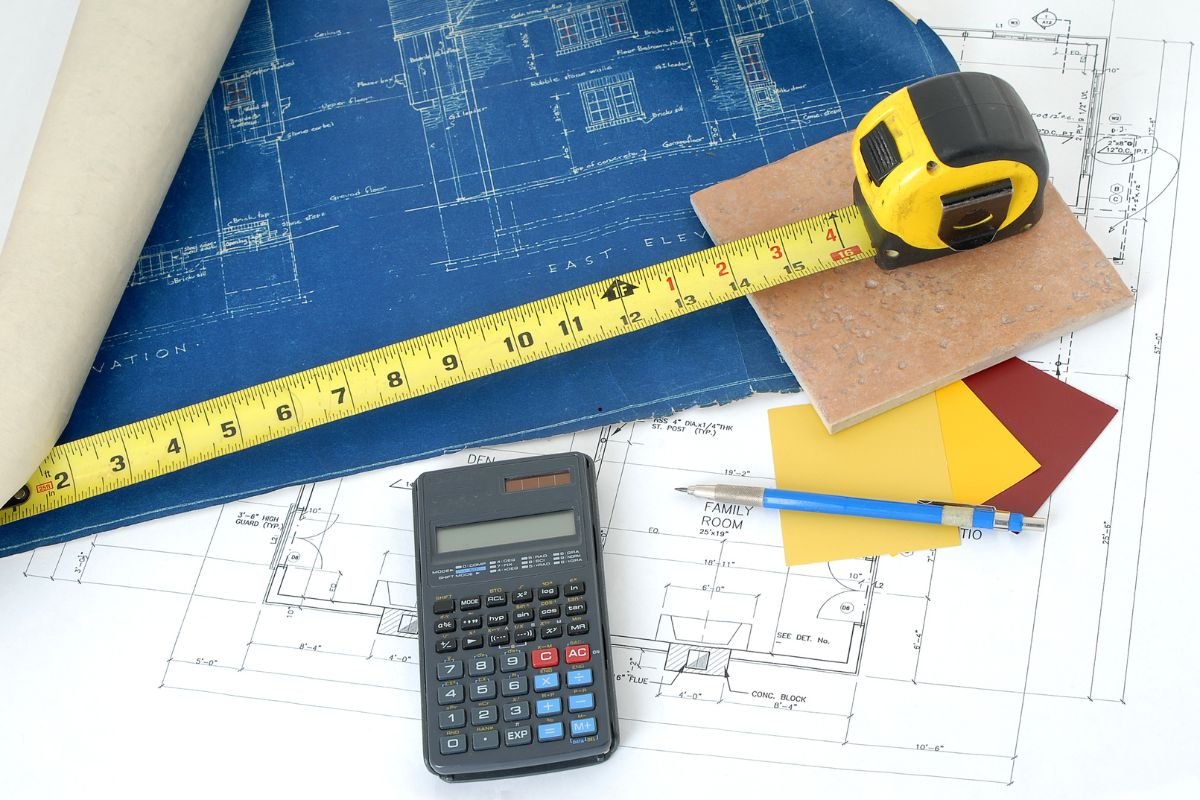Cost estimation is one of the most critical steps in construction project management. Whether you are building a single-family home or a multi-story office complex, the accuracy of your estimates directly impacts profitability, timelines, and client satisfaction. However, not all estimates are created equal. Residential vs commercial projects differ in scope, complexity, and requirements—making it essential for contractors to understand how cost estimation varies between the two.
In this article, we’ll compare residential vs commercial cost estimation, explore the unique challenges of each, and highlight what every contractor should know to produce accurate, competitive, and profitable estimates.
1. Understanding Residential Cost Estimation
Residential cost estimation refers to the process of forecasting expenses for projects like single-family homes, duplexes, or small apartment complexes. These projects are often client-driven, with budgets influenced by individual homeowners, families, or small-scale investors.
Key Characteristics of Residential Estimates:
- Simpler design and scope: Residential projects typically involve smaller footprints, simpler structural systems, and fewer specialized installations.
- Client budget sensitivity: Homeowners are often more price-sensitive than corporate clients. This makes transparency and detailed breakdowns essential.
- Local building codes: Residential estimators must comply with zoning laws, neighborhood regulations, and city permits, which can vary significantly by region.
- Material variability: Choices like flooring, countertops, or roofing often depend on personal preferences, making allowances and contingencies crucial.
- Labor considerations: Contractors often rely on local subcontractors and smaller crews, which can affect scheduling and cost predictability.
In short, residential estimates are usually smaller, less complex, but more detail-sensitive because clients expect clear justification for every cost.

2. Understanding Commercial Cost Estimation
Commercial cost estimation, on the other hand, deals with projects like office buildings, warehouses, retail centers, and hospitals. These projects are typically financed by businesses, developers, or government entities and require a different level of precision.
Key Characteristics of Commercial Estimates:
- Complex scope: Commercial buildings often involve advanced mechanical, electrical, and plumbing (MEP) systems, elevators, and fire safety requirements.
- Longer timelines: Larger-scale projects span months or even years, requiring accurate forecasting for inflation, labor availability, and market fluctuations.
- Regulatory compliance: Estimators must factor in strict safety codes, ADA (Americans with Disabilities Act) standards, and sometimes union labor rates.
- Bulk purchasing: Commercial projects often require massive quantities of materials, meaning cost estimators must leverage supplier negotiations and logistics planning.
- Technology integration: Many commercial estimators use advanced software tools like Building Information Modeling (BIM) for accurate quantity takeoffs.
In essence, commercial estimates are larger, more complex, and regulation-heavy, requiring both technical expertise and strong supplier relationships.

3. Key Differences Between Residential vs Commercial Cost Estimation
To better understand these differences, let’s break them down into key comparison points:
a) Project Size and Complexity
- Residential: Smaller scope, fewer technical systems.
- Commercial: Larger, multi-faceted, and technically advanced.
b) Budget and Funding Sources
- Residential: Often financed by individuals or small investors with limited budgets.
- Commercial: Typically backed by corporations, developers, or public funds with larger budgets but higher expectations.
c) Materials and Procurement
- Residential: More customized material selections based on client preferences.
- Commercial: Standardized, bulk purchasing for cost efficiency.
d) Labor Force
- Residential: Local crews, often smaller and more flexible.
- Commercial: Larger teams, often with union requirements and stricter compliance.
e) Regulations and Codes
- Residential: Local zoning and building codes.
- Commercial: Stringent safety, fire, and accessibility regulations.
f) Use of Technology
- Residential: Traditional estimating methods still common.
- Commercial: Heavy reliance on digital tools and software for accuracy.
4. Common Challenges in Residential Estimation
- Client Changes: Homeowners may change finishes or design choices mid-project.
- Hidden Costs: Issues like old wiring or poor soil conditions may surface unexpectedly.
- Tight Budgets: Residential projects often leave little room for financial flexibility.
5. Common Challenges in Commercial Estimation
- Complex Coordination: Multiple subcontractors and specialized trades increase the risk of miscommunication.
- Market Volatility: Steel, concrete, and fuel costs can fluctuate significantly over long projects.
- Compliance Risks: Missing a regulatory requirement can lead to costly delays or redesigns.
6. Best Practices for Contractors
To succeed in both residential vs commercial cost estimation, contractors should adopt these best practices:
- Invest in Estimation Software – Tools like ProEst, Buildertrend, or PlanSwift can speed up takeoffs and reduce errors.
- Build Supplier Relationships – Strong supplier ties ensure better pricing and faster material access.
- Include Contingencies – Always add allowances for unexpected changes or market fluctuations.
- Stay Updated on Codes – Whether local residential rules or federal commercial regulations, compliance must be factored into every estimate.
- Standardize Templates – Using templates ensures consistency across projects while saving time.
- Communicate Transparently – With residential clients, break down costs clearly. With commercial stakeholders, focus on detailed documentation.
7. Why Accurate Estimation Matters
Accurate cost estimation is more than just numbers—it’s the foundation of a contractor’s reputation and profitability. Overestimating can price you out of competitive bids, while underestimating can eat into margins and damage client trust. By mastering both residential vs commercial cost estimation techniques, contractors can:
- Win more bids with competitive yet realistic pricing.
- Improve project planning and avoid costly overruns.
- Build long-term trust with clients and investors.
Final Thoughts
While both residential vs commercial cost estimation aim to predict project expenses, the scale, complexity, regulations, and client expectations set them apart. Contractors who understand these differences—and adapt their approach accordingly—stand a far better chance of delivering successful, profitable projects.
Whether you are estimating a cozy family home or a large corporate headquarters, the key is the same: accuracy, transparency, and adaptability. By applying best practices and recognizing the nuances of each sector, contractors can thrive in an increasingly competitive construction landscape.

